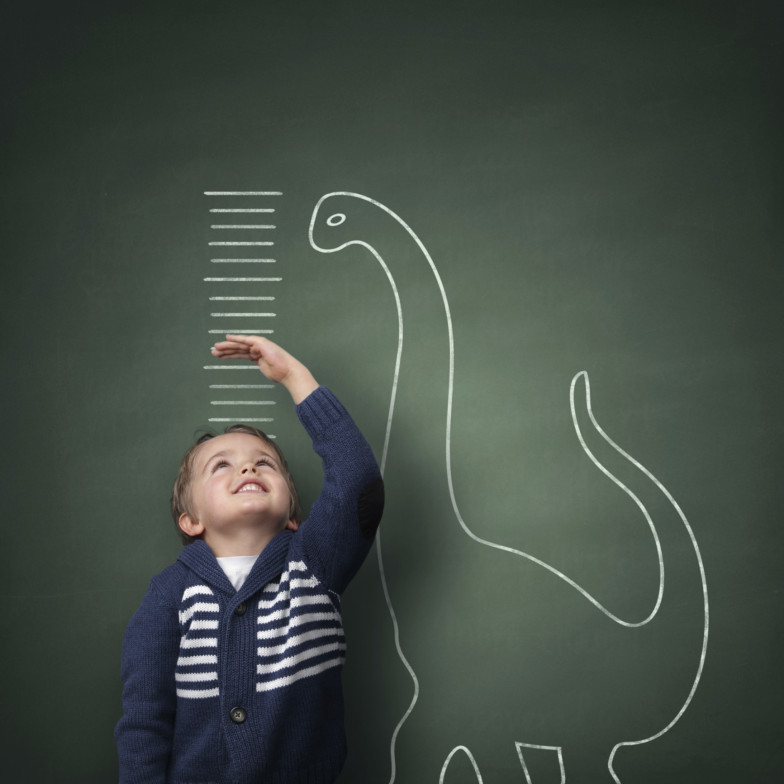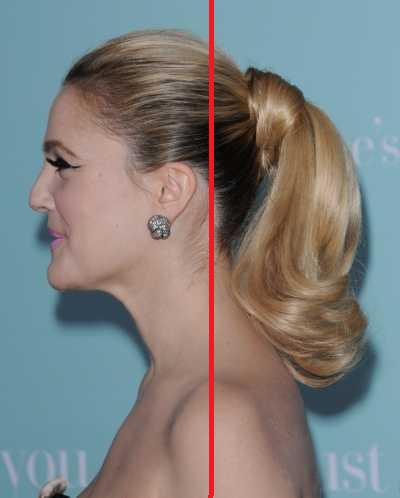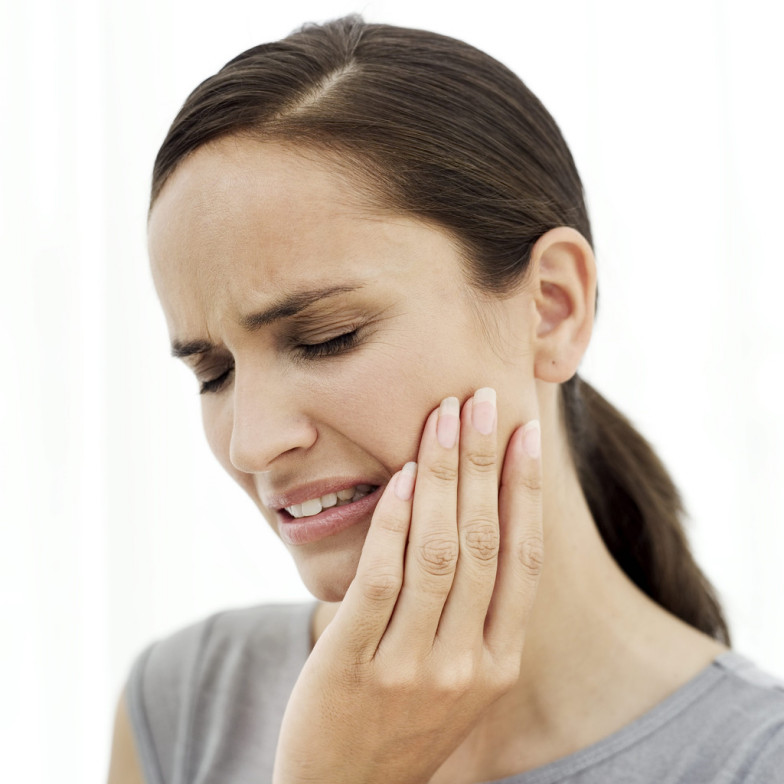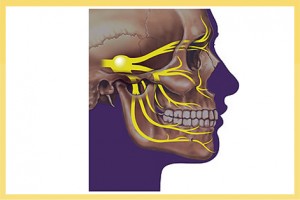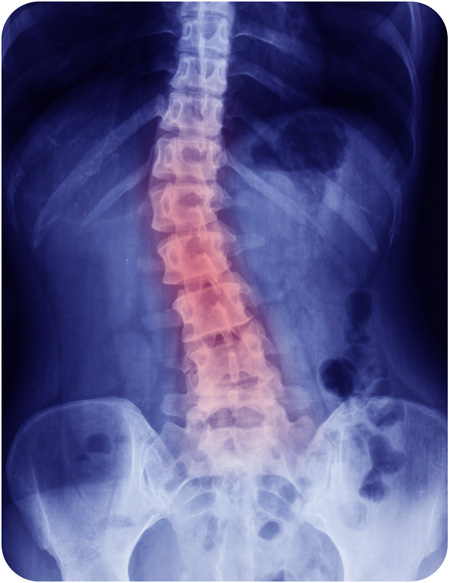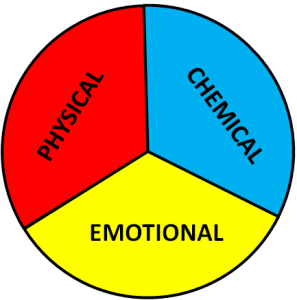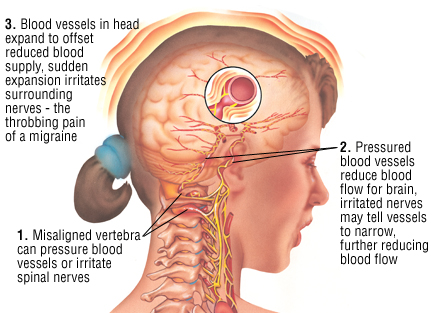Growing pains are the most common cause of leg cramps in young children. Despite occurring in up to 36.9 % of children, our understanding of why it occurs still remains poor.
What Are the Possible Causes of Leg Cramps?
Muscle overuse, misalignment of the joints (such as knock-knees or flat-feet) and even psychological factors have all been suggested as playing a role, however, none of these theories have been conclusive. What we do know is that recurrent pain negatively impacts physical, mental and schooling aspects of a child’s life.
Growing pains are a significant cause of childhood discomfort and for the ease and comfort of all involved (both the distressed child and the weary, tired parents) the issue needs to be addressed and a suitable remedy found.
Some Facts about Leg Cramps & Growing Pains
• Growing pains most commonly occur in children aged 2-12, and disappear by puberty.
• The pain is generally present in both legs, most often in the late afternoon or at night, and often wakes the child from sleep.
• Importantly, there should be no signs of swelling, redness, trauma, limping or decreases in movement – if so, seek the advice of a primary health practitioner.
• A 2006 study conducted in South Australia found that growing pains generally occurred between one and three monthly intervals and there was no overall difference in amount of activity between children with and without growing pains. Children with growing pains were also found to be significantly heavier and in 69.8% of cases, they had a family history of growing pains in either a parent or sibling.
What can be done to remedy leg cramps and growing pains?
Parents are given few to no options for treatment. Typically, massaging the legs and the use of painkillers are the only suggestions. Parents are often told this is normal during the growth process and it will pass. This offers little comfort to parents who awaken to their child’s cries night after night.
Getting to the Cause
So, what causes these “growing pains”? From a chiropractic standpoint, we must look at the biomechanical issues. We must first understand the growth process time line. The first five years of a child’s life is the time of greatest spinal growth. During the first year of life, the spine increases 12 cm in length and another 15 cm between 1 and 5 years of age. Between 5 and 10 years of age, the growth rate decreases to 10 cm. There is another increase at puberty between approximately 10 and 18 years of age with 20 cm of spinal grown in males and 15 cm in females. Logically, if something interferes with this growth process, there may be problems. What if a child was put into a baby walker before his/ her body was ready to walk? This premature walking assistance can alter biomechanics, leading to postural abnormalities, disruption of proper locomotion skills, and also injury to the child. Other interferences of the growth process may include birth trauma, a fall, sports injuries, and overly sedentary lifestyles.
Another important point is that many of these children also have complaints of spinal pain in addition to the leg pain. There is little medical research, but, much of what there is focuses only on growing in the legs. Chiropractors look at the body as a whole and not as separate parts. Chiropractors recognize that, if there is stress in one area of the body, the rest of the body will somehow compensate for this stress.
So what other options do parents have?
The best place to start is by considering the possible causes of these muscle cramps for your child.
• Let’s start with the feet – “Are their shoes too small or too worn?”
• Let’s think about the muscles – “Could your child be dehydrated and need to drink more water?” or “Is their diet not varied enough; do they have a magnesium deficiency?”
• Let’s think about nerve communication and spine function – “Is it possible they have fallen over and created nerve and joint irritation in their pelvis?” or “Have they been sitting too much or too awkwardly, creating spinal misalignments which are affecting the nerves?”
A recent case study found that when growing pains are linked to spine and nerve dysfunction, chiropractic care may be of benefit (Alcantara & Davis 2010).
In this study, two toddlers (a 2¾-yr-old girl and 3½-yr-old boy) were taken to the chiropractor with growing pains of several months duration. Medical care had thus far recommended offering Tylenol. In the chiropractic examination, spinal dysfunction (or vertebral subluxations) were detected in the lumbosacral spine of both children and chiropractic adjustments were made to help improve nerve function and spinal motion. After their first chiropractic adjustment, both mothers stated that their child did not wake at night with growing pains, and after completing a trial of care, both children’s initial complaints fully resolved.
Altered biomechanics and spinal misalignment, especially in the lower lumbar spine and pelvis, creates imbalances in the quadriceps, hamstring, and calf muscles, which may contribute to leg pain. Pelvic misalignment can lead to leg-length inequalities; the child is unevenly distributing his or her weight, placing additional stress and strain not only on the spine, but feet, ankles, and knees as well.
Great things are to be said about the effect of chiropractic care on “growing pains.” When stress is removed from the spine and nervous system, it allows the body to function at its best.
Instead of treating specific problems (such as growing pains), chiropractic aims to correct underlying or undetected nerve and spine dysfunction, helping the body to naturally work the way it should. In addition to looking at other factors that may influence growing pains such as nutrition, hydration and footwear, addressing possible nerve and spinal dysfunctions may help growing pains to rapidly resolve on their own.


